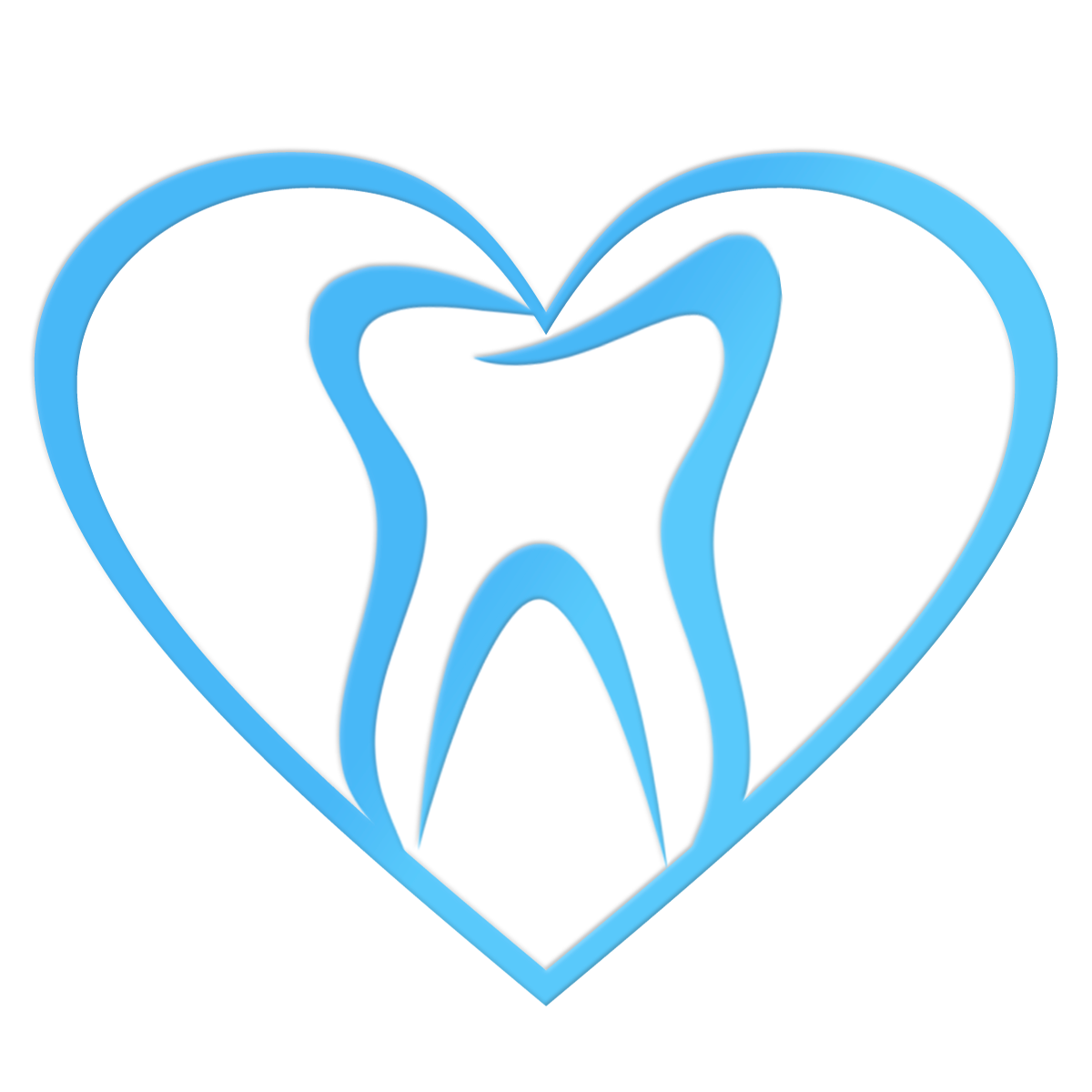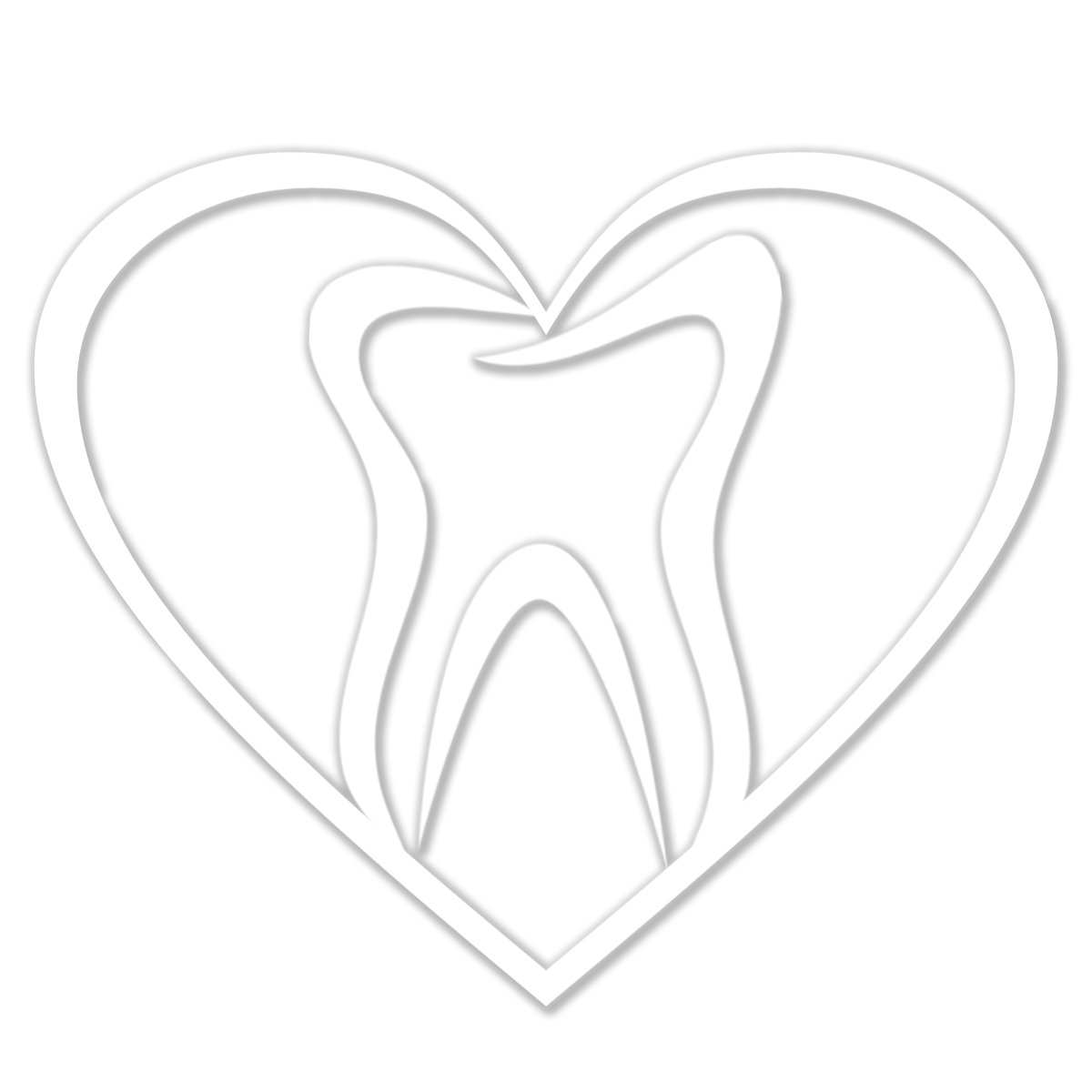
Sleep apnea is a serious disorder that presents a number of health risks and quality of life issues to patients. Categorized by cycles of breathing cessation during sleep, research has shown that this condition contributes to psychological distress, increased cardiovascular health risks, and a weakened immune system.
This sleep disorder can be difficult to detect because its symptoms manifest when a person is resting and unaware of their breathing. The nature of the condition requires a sleep study to confirm a diagnosis. Upon diagnosis, patients can seek treatment such as oral appliance therapy from a dentist.
Obstructive Sleep Apnea, Explained
Obstructive Sleep Apnea (OSA) is a disorder where airway obstruction during rest causes episodes of breathing cessation. Many times, sleepers can unknowingly stop breathing for short periods hundreds of times in an eight-hour sleep cycle. When breathing ceases, the brain will send waking signals to rouse a sleeper to resume proper breathing. While a person may not fully wake up after periods of apnea, this disruption in rest is enough to cause sleep deprivation. Erratic breathing during rest also affects the body’s intake of oxygen.
Sleep apnea is a serious condition that requires professional treatment to manage its symptoms and far-reaching effects.
Causes of Sleep Apnea
Obesity contributes to sleep apnea. Bulky or excessive throat tissue can cause airway obstruction during rest. Oral anatomy plays a role in whether a person develops sleep apnea as well. Malocclusions or misaligned jaws that narrow the airway also contribute to obstructive sleep apnea.
Lifestyle choices including smoking and drinking alcohol cause episodes of apnea. Quitting smoking and avoiding alcoholic beverages before bedtime are advised for optimal sleep health. Some medications like sedatives and antihistamines increase the risks for OSA, too.
Sleep Apnea Symptoms
OSA can produce a variety of symptoms. Many of these symptoms could be confused for other disorders. This is one reason why sleep studies are necessary to confirm an accurate diagnosis.
Following are some of the most common symptoms of OSA:
- Feeling fatigued on a persistent basis.
- Feeling exhausted or unrested, even after what seems like a full night’s sleep.
- Waking up with headaches.
- Having dry mouth – especially in the morning.
- Changes in mood, including feelings of depression, irritability, and anxiety.
- Difficulty concentrating.
- Impaired cognition, memory, and motor function.
Sleep Apnea Treatment Options
The first step to receiving treatment for those who suspect they have sleep apnea is to schedule a professional sleep study. A sleep study monitors vitals and brain activity during rest. This will provide the data necessary to determine if a person has episodes of apnea during rest. You can speak with your dentist or your primary care provider on how to go about receiving a sleep apnea diagnosis.
Once sleep apnea is confirmed, patients can pursue their treatment options. Many people find effective treatment by working with a dentist with sleep disorder training. Our team at TLC Dentistry has extensive training and experience to treat OSA with comfortable oral appliances.
Oral appliance therapy is a non-surgical method of treating OSA. This form of treatment utilizes custom made appliances that are worn inside the mouth. Made from soft plastic, these appliances fit over the lower set of teeth and position the lower jaw forward. Moving the jaw forward widens the airway for optimal breathing during rest.
This form of treatment has several advantages over other treatment options such as CPAP therapy and surgery. Oral appliance therapy is comfortable and portable. It doesn’t require machinery or electricity, and doesn’t have components that might obstruct a person’s ability to sleep on their stomach or their side.
If you have questions about your sleep apnea treatment options, call TLC Dentistry to schedule a consultation.

